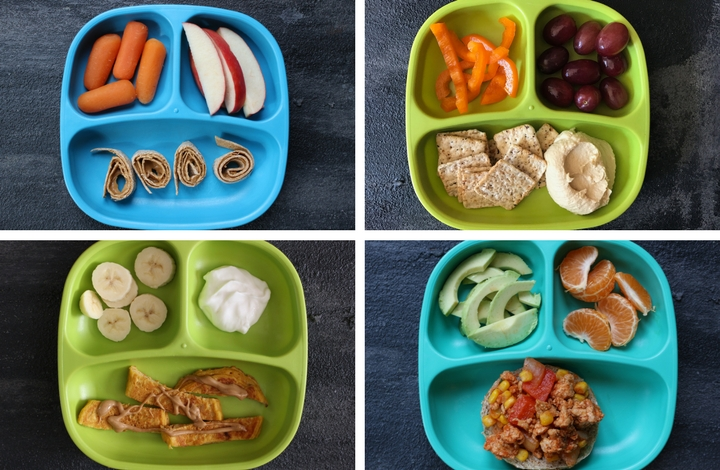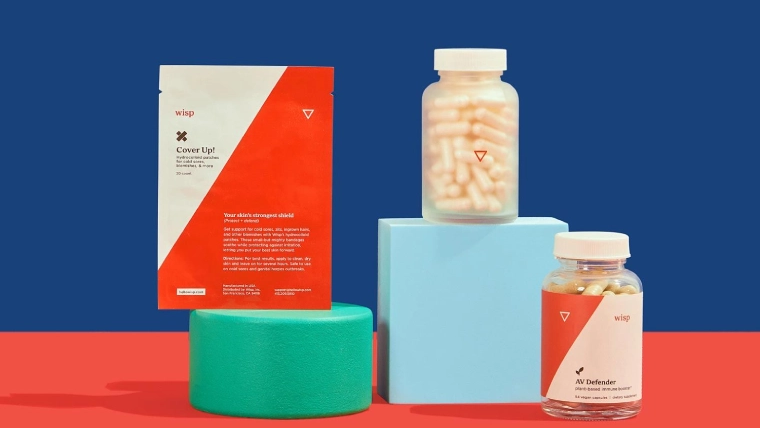As your baby grows into a toddler, meal planning can feel like a daunting task. You want to ensure they’re getting the right nutrients while offering meals that are both safe and enjoyable. Fortunately, with the right ideas and a bit of creativity, you can make mealtime fun, nutritious, and stress-free for both you and your little one. Here are some healthy and easy-to-make baby and toddler food ideas that will keep your child happy and healthy.
1. Baby-Led Weaning Ideas:
Baby-led weaning (BLW) is a popular method where babies feed themselves solid foods rather than being spoon-fed purees. It encourages self-feeding and helps develop motor skills. Here are a few ideas for BLW:
- Soft Avocado Slices: Avocados are packed with healthy fats and can be easily sliced into thin strips, making them the perfect food for little hands to grasp.
- Sweet Potato Fries: Roasted sweet potato sticks are soft, nutrient-dense, and easy to hold. Simply bake them with a little olive oil and a pinch of cinnamon for added flavor.
- Steamed Vegetables: Vegetables like carrots, broccoli, or zucchini can be steamed until tender and cut into sticks. They’re great for encouraging self-feeding while providing vitamins and minerals.
2. Homemade Purees for Babies:
If you’re starting with purees, homemade options are an easy and nutritious choice. You can make them in batches and freeze them for convenience. Here are some simple and tasty purees:
- Carrot and Apple Puree: Steam carrots and apples until tender, then blend them together for a naturally sweet puree that’s rich in vitamin A and fiber.
- Pea and Pear Puree: Blend steamed peas with ripe pear for a combination that’s both savory and sweet. This is a great source of vitamin C and iron.
- Pumpkin and Banana Puree: Combine steamed pumpkin with banana for a smooth, vitamin-packed puree that’s naturally creamy and sweet.
3. Toddler-Friendly Finger Foods:
As your baby transitions into toddlerhood, you’ll want to introduce more complex textures and finger foods. Here are some fun and healthy options:
- Mini Whole Grain Pancakes: Whole grain pancakes make a great breakfast or snack. You can add mashed banana or blueberries for extra flavor and nutrition.
- Egg Muffins: These mini egg muffins are perfect for a protein-packed meal. Simply whisk eggs, add vegetables like spinach, tomatoes, or bell peppers, and bake in a muffin tin. You can freeze them for easy reheating later.
- Cheese and Whole Grain Crackers: Whole grain crackers paired with mild cheese offer a great source of fiber and calcium. You can also add fruit like apple slices or grapes to make it a well-rounded snack.
4. Smoothies for Toddlers:
Smoothies are an excellent way to pack in a variety of nutrients, especially when your toddler is hesitant about eating whole fruits and veggies. Try these toddler-friendly smoothie ideas:
- Spinach and Mango Smoothie: Blend spinach with mango, banana, and a splash of almond milk for a nutrient-packed, naturally sweet smoothie.
- Berry and Oat Smoothie: Combine mixed berries, rolled oats, and Greek yogurt for a filling and antioxidant-rich smoothie.
- Peanut Butter and Banana Smoothie: Blend peanut butter, banana, and almond milk for a creamy smoothie that’s rich in protein and healthy fats.
5. Nutritious Snacks for On-the-Go:
Busy parents need snacks that are both nutritious and portable. Here are some great snack ideas for toddlers:
- Homemade Granola Bars: You can make your own granola bars using oats, peanut butter, honey, and dried fruit. These bars provide energy and fiber for active toddlers.
- Yogurt with Fruit: Serve plain yogurt with sliced fruit or a drizzle of honey for a simple, calcium-rich snack.
- Mini Rice Cakes with Avocado: Spread mashed avocado on mini rice cakes for a quick, healthy snack that’s rich in healthy fats and fiber.
Conclusion:
Feeding your baby and toddler doesn’t have to be complicated or stressful. By offering a variety of nutrient-dense foods, you can help them develop healthy eating habits from a young age. Whether you’re starting with purees, moving to finger foods, or making smoothies, the key is to introduce a wide range of flavors and textures to encourage a positive relationship with food. With these simple, healthy, and creative food ideas, mealtimes can become an enjoyable part of your child’s development.




